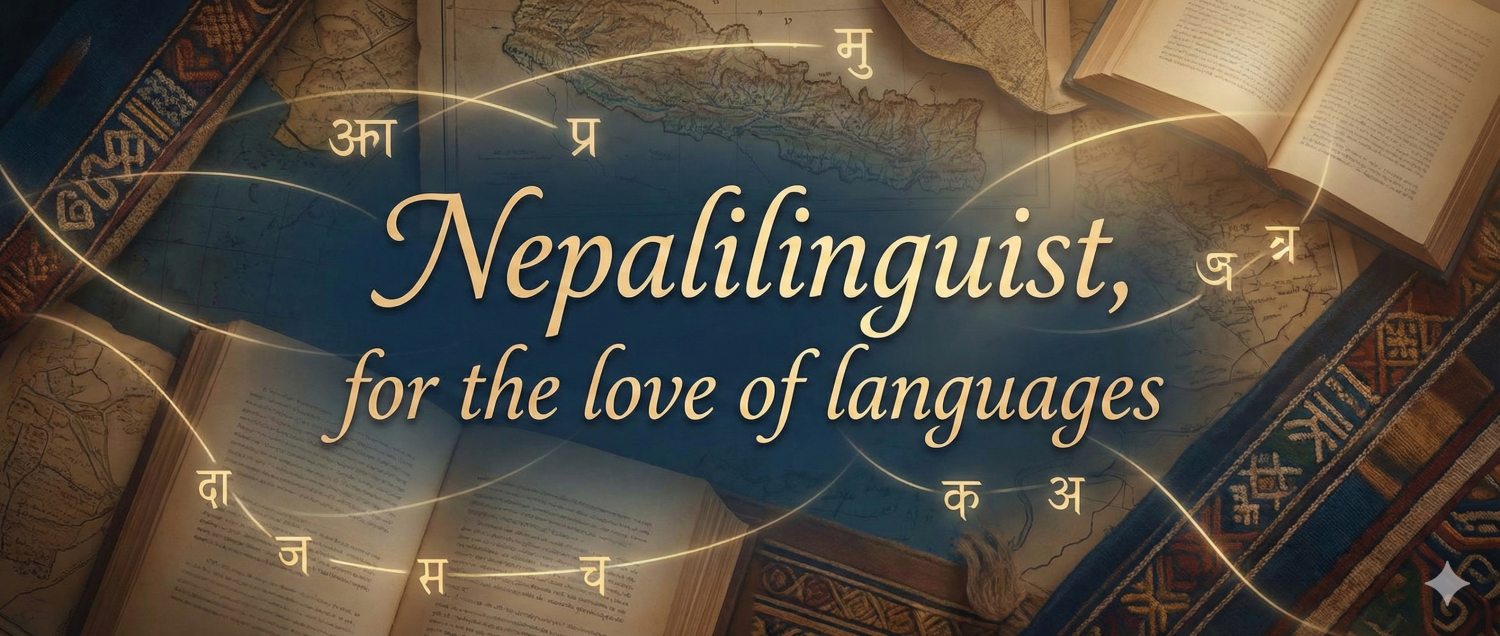When a government agency, NGO, or private organization or individual has a document translated, they want to enhance the accessibility and scope of the information they have, or expand the markets for their goods and services. They also want to dialogue with the target community in the language the community speaks. They want to more or less say, “I understand you” or “I want to make you understand what I mean.”
This makes translation a beautiful multicultural campaign. The accurate and readable translations blur the cultural and linguistic boundaries. But what happens when the translations are inaccurate and unreadable?
The message is lost, the intention of warmth gets distorted. If the translations were carried out to fulfill the legal provisions (such as a provision to deliver the message in the language the recipient understands), the act of translations merely becomes a formality. If the translations were ordered for business purposes, we cannot get the desired outcomes, and we can even be counterproductive. If the translations were done for the purpose of getting connected to the other culture, we are less likely to get what we want.
In each of the above circumstances, we lose valuable resources. More to it, it is possible that we unintentionally contribute to creating confusions.
I call this ‘wastage of resources and creation of unintentional confusions’ the translation fiasco.
I might be sounding as though I am talking about an imaginary or rare circumstance. But I am not.
Translation fiasco is probably one of the most fellable, pervasive phenomena in the translation industry for rare languages. Or I might be wrong to generalize it this way. I will definitely love to hear more from the translators for rare languages. I can, however, claim this about Nepali translation activities abroad (please take note of the bold ‘abroad’).
For example, on this 4262 words article about COVID, the US CDC has published on its website, a cursory glance would find over 100 spellings errors. When I made a cursory reading, I came across ludicrous and meaningless sentences (the sentences that a Nepali speaker does not understand) such as पूर्तिकर कर्मचारीको एउटा सूची तयार गर्नुहोस्, आवश्यकता अनुरूप छुट्टी, टेलिवर्क, र कर्मचारी प्रतिमूर्ति सम्बन्धी नीतिहरूको जाँच र संशोधन गर्नुहोस्. In fact, there is hardly any sentence that does not have any issue.
Why is this happening by the way?
I think there are a few reasons for this:
- Lack of translators qualifying bodies in Nepal: In Nepal, there is not any translation qualifying body except for the one that qualifies experienced lawyers as Nepali to English (a warning: please do not gape at the quality of English on the website of an agency that qualifies Nepali to English translators). When there is no qualifying body, everyone can claim to be an expert translator. This is how everyone who speaks and understands Nepal including the Indian proz is an expert Nepali translator. A thing to be noted, however, most of these experts are technology-savvy and language-dumb. See the link?
- Involvement of Indian and Chinese agencies: This probably the major reason why Nepali translations are devoid of quality. There are layers of subcontracts the job goes through before it finally reaches the end translator. Most Indian agencies pay you 1 NPR ($0.014) per word. The Chinese are better than Indian agencies in that they usually offer just the double. The other day my wife, who is also a translator, showed me a LinkedIn message from a famous Chinese pharma company with a similar offer. And the funny thing is: they were contacting her about life science translation. How can we expect quality in such a case!
The clients too are culprits to some degree. Many clients and translation agencies think that Nepal is a part of India, and so an Indian agency can handle a Nepali translation request. But being situated in the neighboring countries does not make you a good agency, particularly when you do not know there is not a translator qualifying body in your neighboring country.
This situation is a little frustrating. So, I have decided to do something about this. I have decided that I will write reviews about the documents in Nepali (translated into Nepal) that are in public domains, assessing their level of fiasco and merits (if any), in the hope that there will be some improvements in the future.
Here is the list:
-
Nepali Translation Fiasco: The Austin Independent School District
- Nepali Translation Fiasco: US Centers for Disease Control and Prevention
